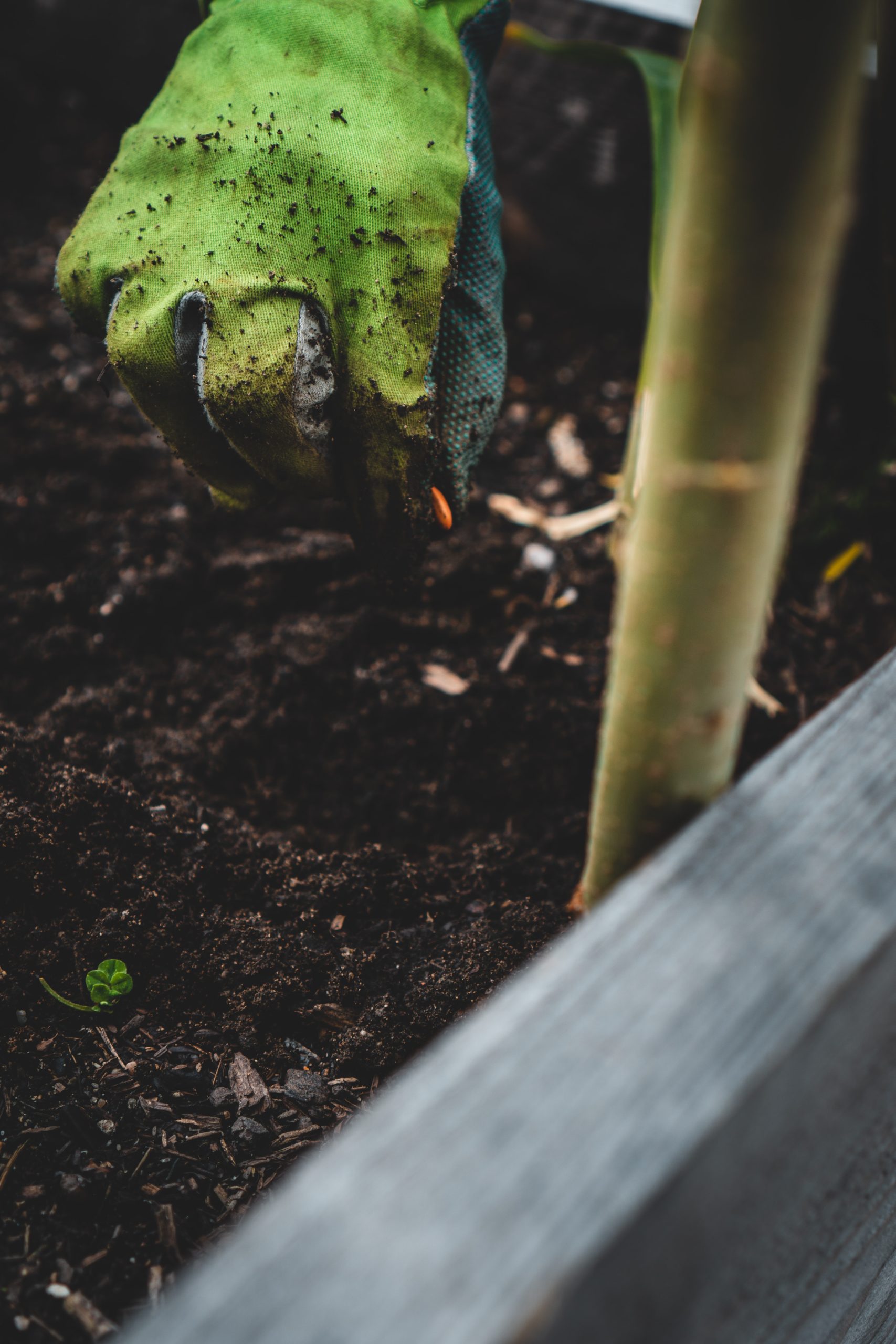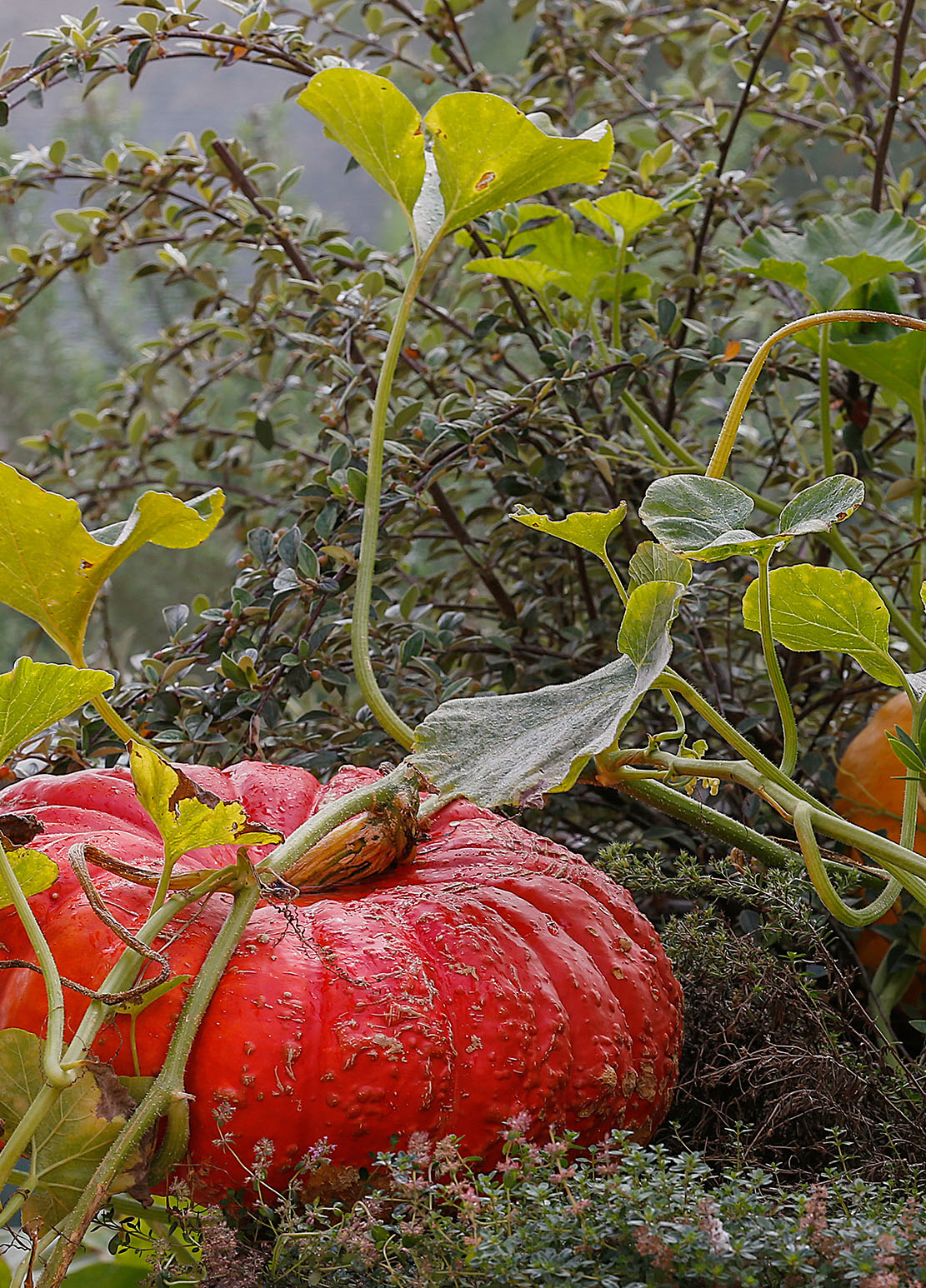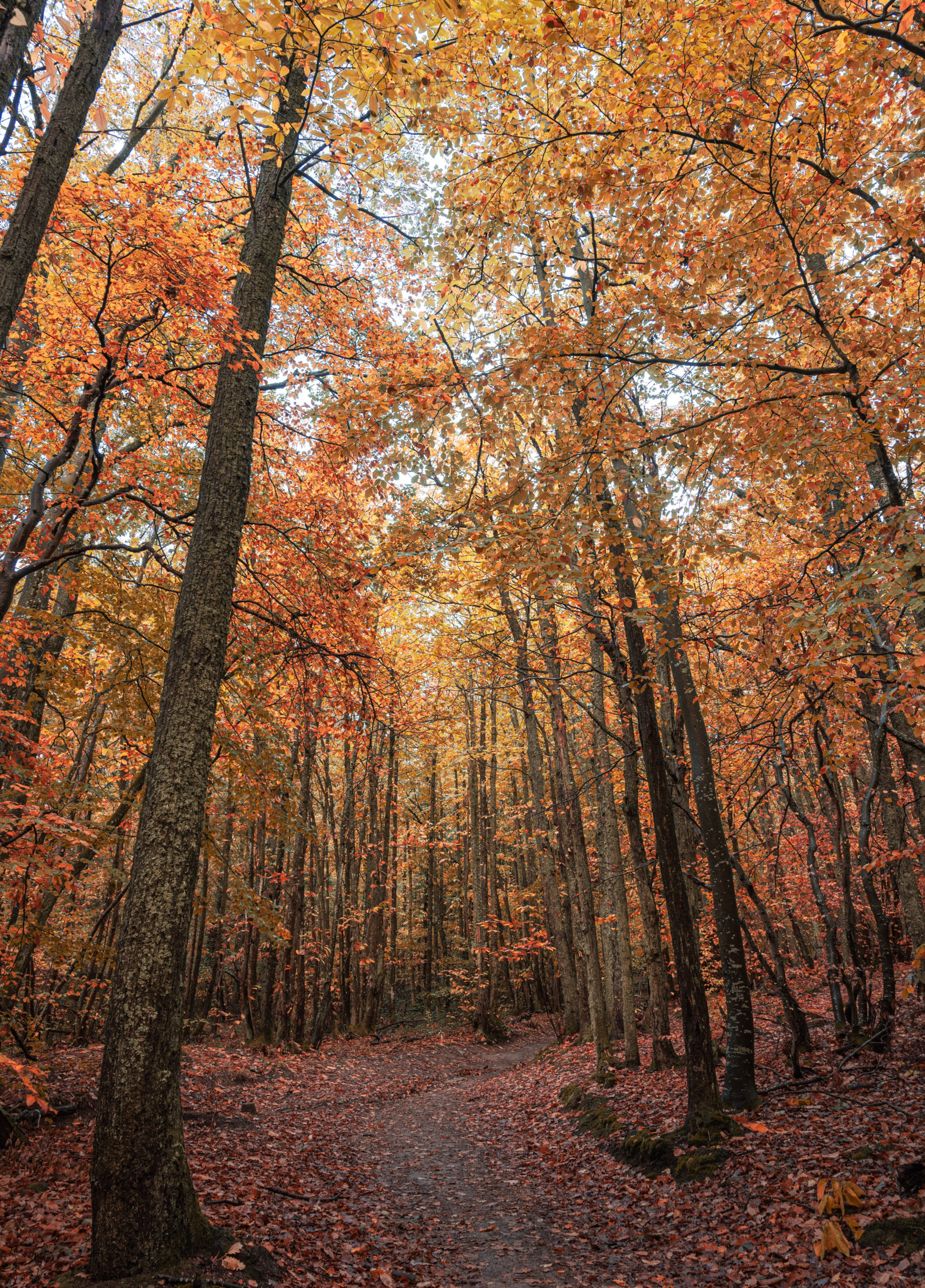Seeds, the result of the fertilisation of a flower and the interaction with a pollinator, symbolize the origin, the birth of nature.
Essential to gardeners for their crops, seeds have been selected by humans for millennia, to help them enjoy the abundance of nutrients and flavours that the plant world provides.
Today, the question of seed conservation remains: ancient varieties, natural hybrids – garden and biodiversity enthusiasts maintain a perennial tradition as they cultivate reproducible seeds. They are seed producers.
GOING TO SEED
To begin producing seeds, one must obtain reproducible seeds to be sown according to the cycle of the selected species.
The aim is to harvest flowers, vegetables or fruits once they have reached maturity. Plants are programmed to perpetuate their species as their life cycle ends. Through observation, gardeners must learn to identify this specific moment.
There are annual plants (tomatoes, aubergines, etc.) and biennial plants (carrots, leeks, etc.). Their life cycles extend from one to two years, depending on the species, which is decisive in the growth of the plant and the harvest.
To grow these species for reproduction rather than consumption purposes, it is important to select a special area of the garden, away from other crops. First, because when plants bolt, they take up a lot of space. Second, to avoid natural hybridization between species, which would result in few viable seeds.
SELECTING AND HARVESTING YOUR OWN SEEDS
Harvesting should be done in dry weather, by naturally selecting the most perennial plants. That is to say, the most productive, healthy and resistant plants. Their seeds will be of a higher grade for future generations. They should be taken from two or three plants, not just one, to diversify the genetic sources.
In the case of fruits and vegetables, harvest the produce and let it mature inside your home before collecting the seeds. Any pulp should be removed with water to avoid moulding. The seeds should be dried, by turning them over, until they are hard.
To obtain dry seeds from flowers, cut the plant and hang it upside down indoors, placing a sheet underneath to collect them. They should also darken and dry completely.
STORING YOUR SEEDS
They should be kept away from light and heat so that they do not germinate. The storage space must also be dry. They can be stored for several years. You can place them in a paper envelope and label it with the name of the species and year of harvest.
Seeds represent a dual heritage. First, biodiversity is at stake. The richness of ecosystems depends on the variety of species, and therefore on the diversity of seeds.
The second stake is the nourishing purpose of plants. Indeed, humankind feeds on the fruit of seeds. It is therefore essential to maintain the quality of highly nutritious and resistant plants, which are good for your health and make gardening more productive.
Seeds vary according to the soil. They adapt, evolve and constitute a real heritage across countries and gardens.
After these discoveries, are you ready to become a gardener/seed producer?
*P.S: The discovery of a seed and a food species has always constituted a major event in the evolution of human cultures and in the advent of new ways of eating. Seeds influence civilisations and agriculture: the selection of wheat, the importation of beans in ancient Rome, the journey of peaches from China, the discovery of maize in America, etc. Seeds are passed on and constitute a real richness



